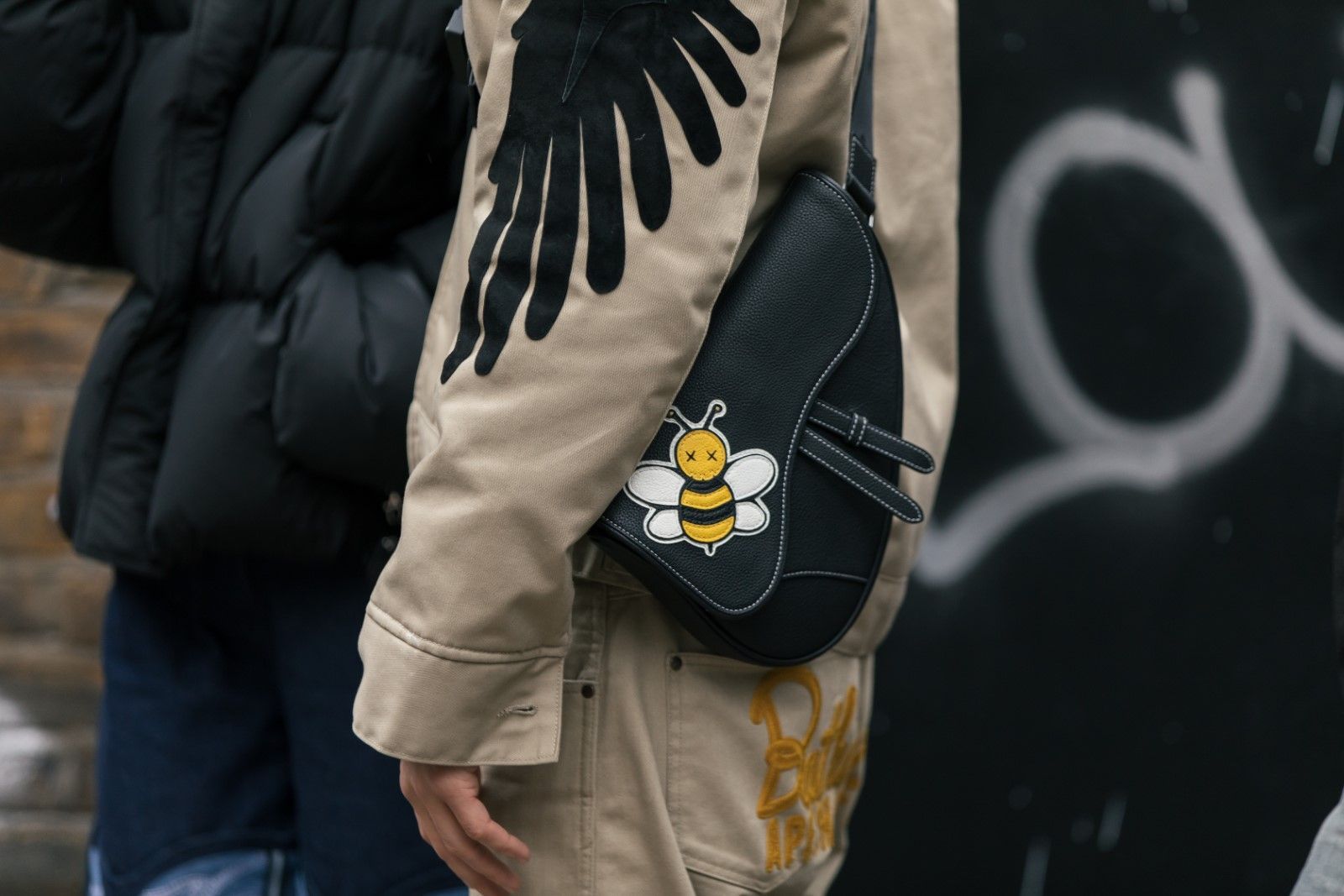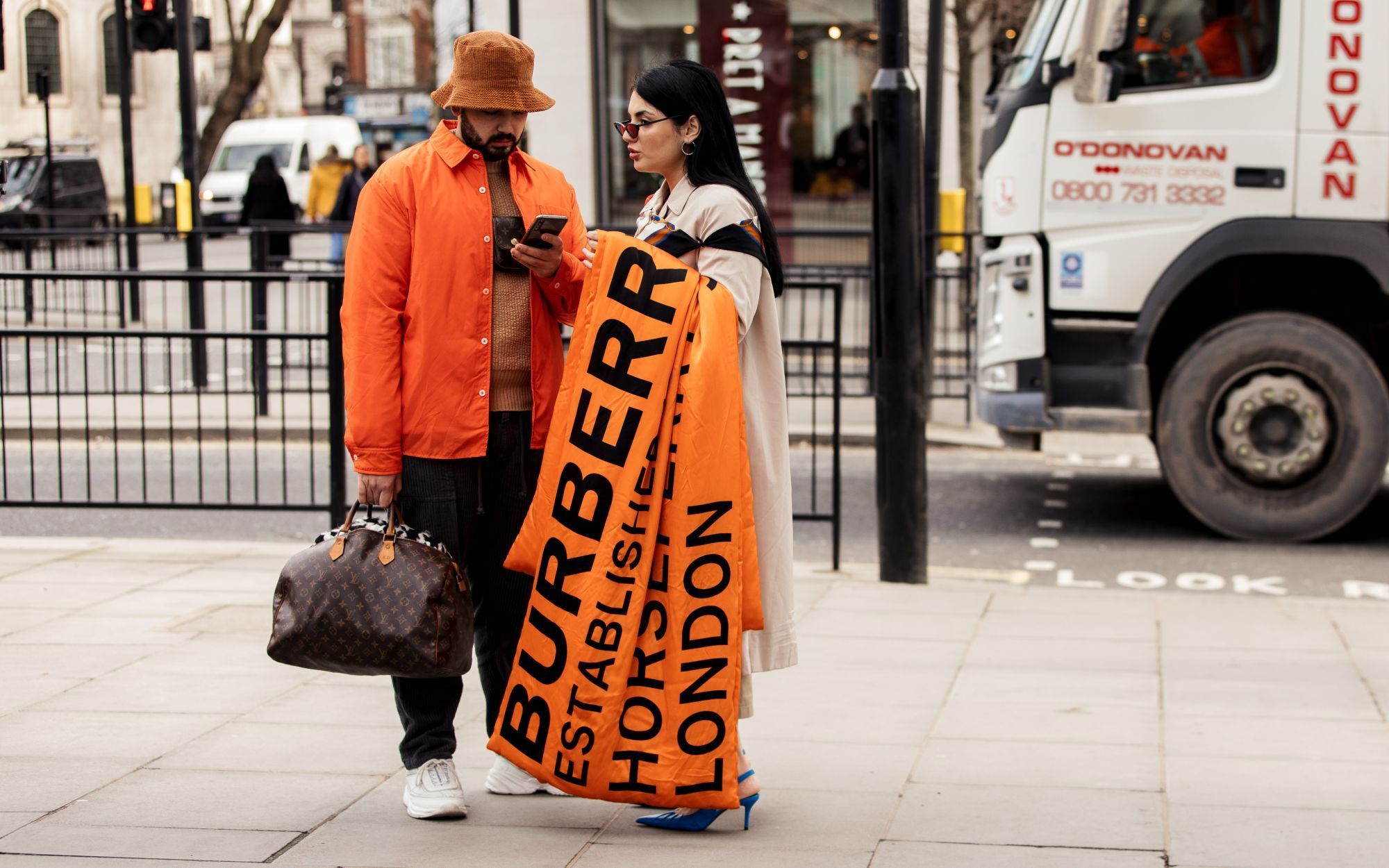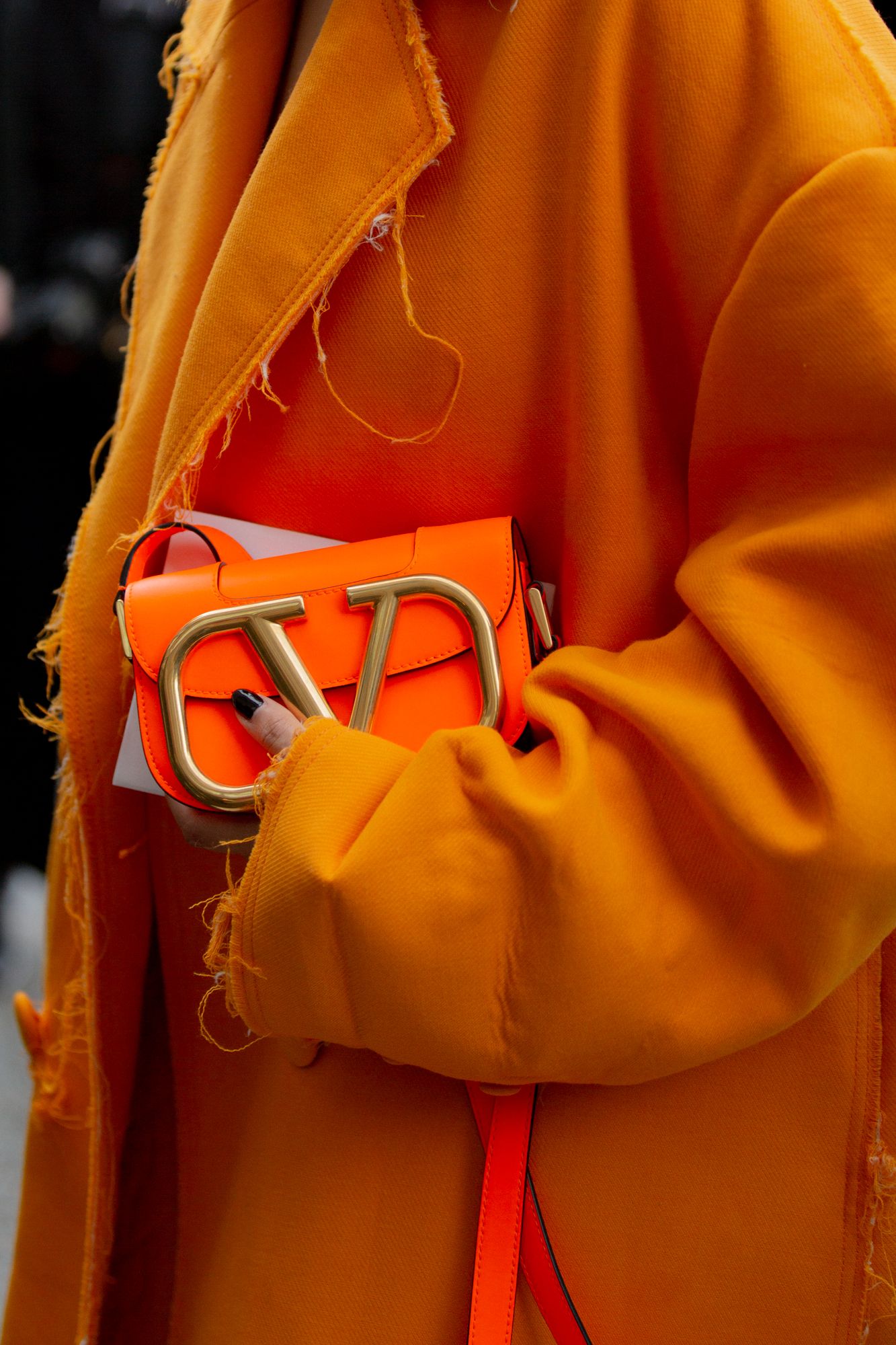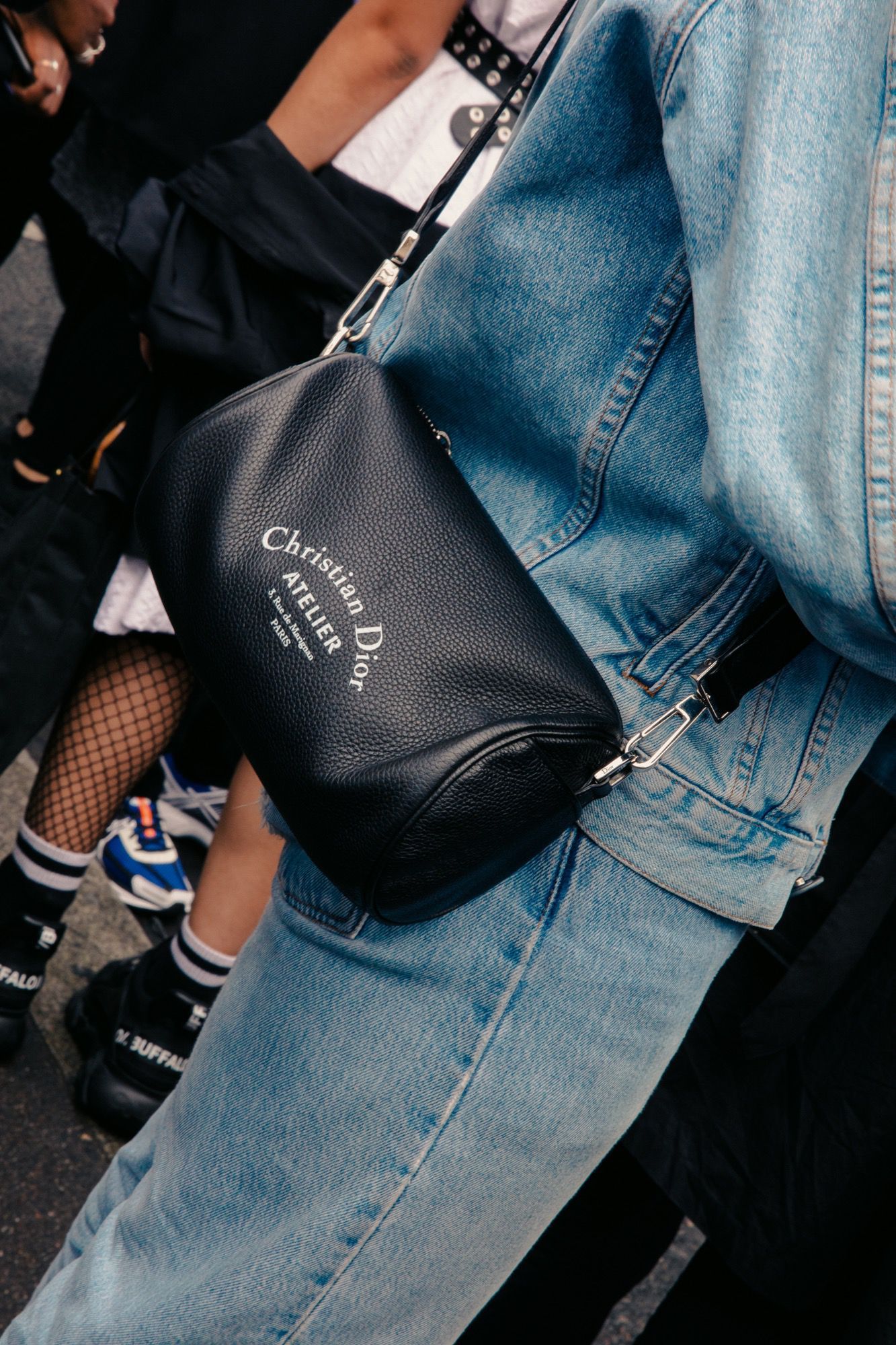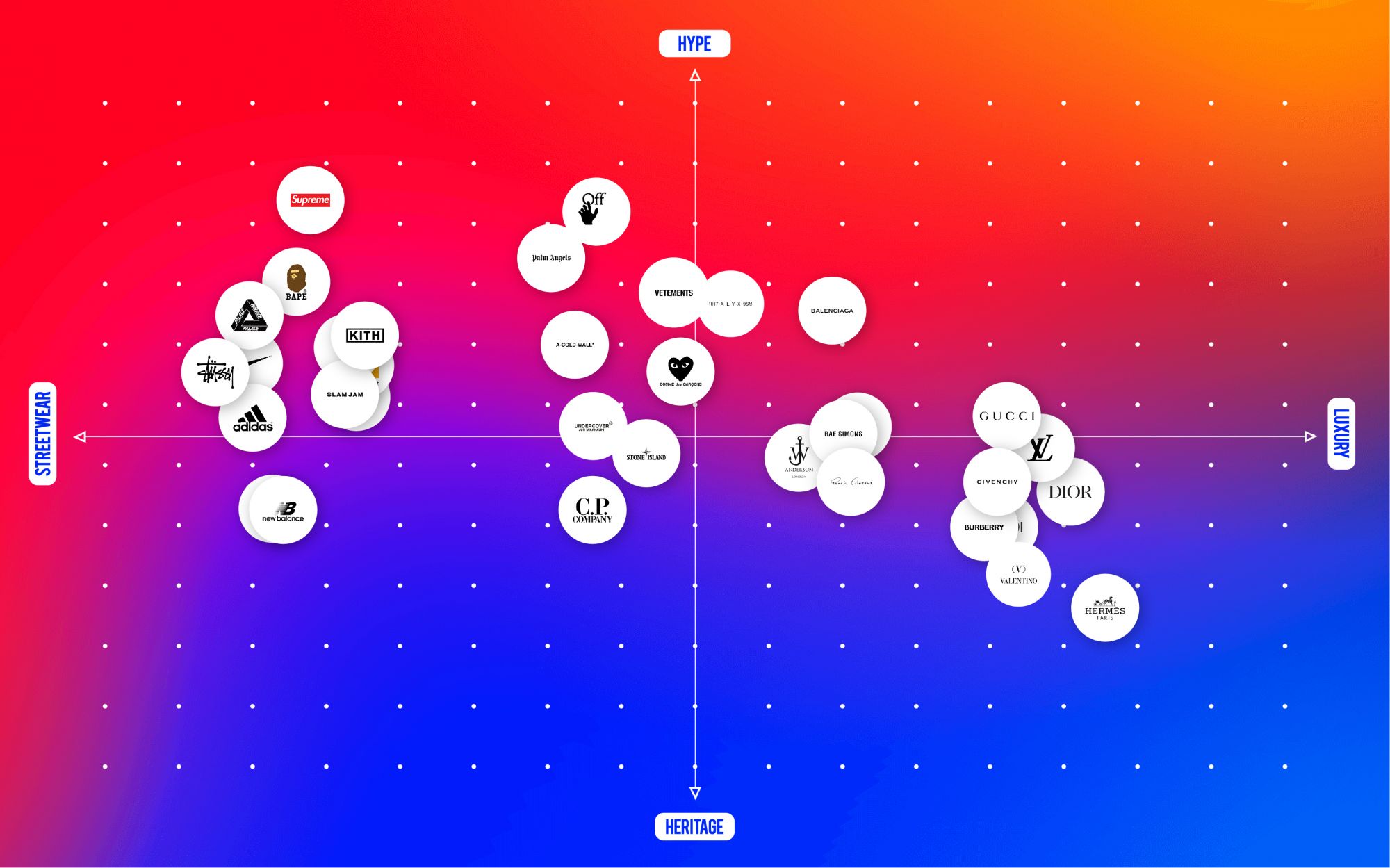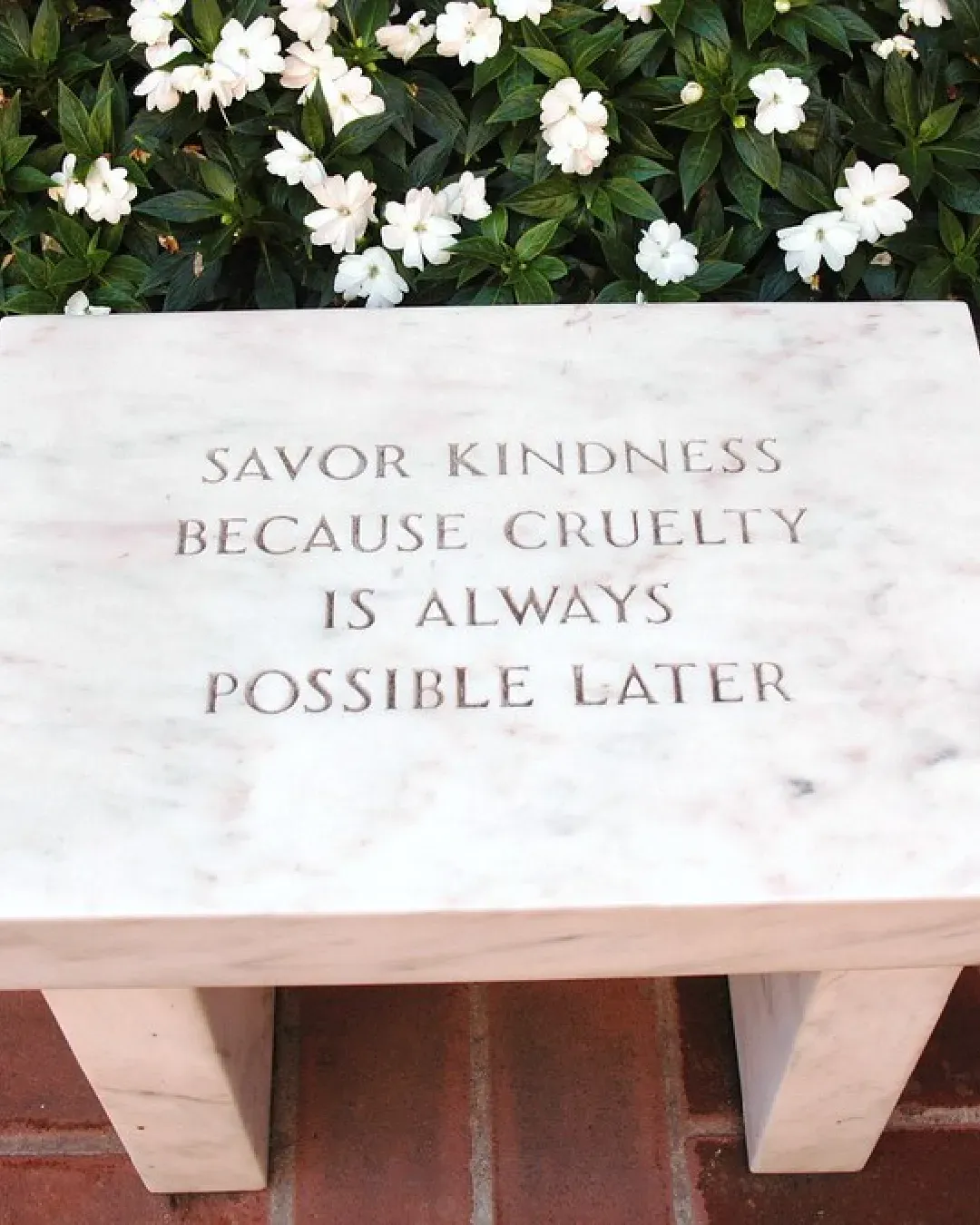
The top 10 brands perceived as "heritage" Lots of surprises in the ranking emerged from Cartesio, created by nss together with Lyst
Last Monday, nss released the first industry paper, created together with Lyst, which collects and analyzes the data that emerged from Cartesio, the project created with the aim of defining more clearly how the perception of fashion brands has changed starting from the users' opinion. The data collected emerged from an interactive game map in which each user had the opportunity to classify the 40 brands examined on the basis of four key criteria: streetwear, luxury, hype and heritage. The data were subsequently collected and analyzed, starting from over 1200 maps selected according to statistical criteria. What emerges is a multifaceted and not at all granted picture, which especially in specific categories makes it clear how even today the perception of a brand is often far from the actual production of the same, a particularly true principle if we take a look at the ranking of brands perceived as more "heritage".
What we mean with 'heritage'
Before delving into the ranking, it might be useful to draw a precise definition of what is meant by heritage. The concept is built on three fundamental elements: values, traditions and culture. In particular, great emphasis is given to tradition, to the idea of handing down customs and working methods from the day of the brand's foundation to today, from design to product production, giving shape to an imaginary made up of easily recognizable aesthetics and narratives. For brands with a rich heritage, it's essential to show consistency and integrity, two components recognized by a diverse audience after years of constant growth. Finally, the concept of heritage is indissolubly linked to everything that is luxury, from the products themselves to the customer experience, up to prices.
The top 10 brands perceived as 'heritage'
This is therefore the picture that emerged from the maps created by users who used Cartesio. If the three highest positions in the ranking look understandable and justified - three brands with a very long history and all boasting elements that make them unique and easily identifiable, such as Hermès, Valentino and Burberry - it's the other names in the ranking that make clear how the concept of heritage has gradually moved towards the streetwear world, contaminating itself with labels that once wouldn't have entered the luxury circuits. Respectively in fourth and fifth position, in fact, C.P. Company and New Balance, two almost "extraneous" presences, especially if we consider the Maisons they have overtaken, Fendi, Givenchy, Rick Owens, and Dior.
Thanks to the creation and the fame of ultra-recognizable and therefore inimitable items - let's think of the Goggle Jackets or the 990 sneakers - these two brands have built a legacy based on a very specific aesthetic, repurposed and revived season after season, with innovations, small changes or with fruitful collaborations, while keeping it always equal to itself. Carhartt is also part of this trend, in the sixth position, of which, especially in recent years, the vast archive has been rediscovered, thus opening its legacy to a new and larger audience, which has begun to appreciate the brand from one unprecedented point of view, which goes beyond contemporary streetwear, and goes way back to the original workwear.
Similarly, we could ask ourselves why certain names are missing in the ranking, historical brands that have always been synonymous with luxury and with a very rich history that spans the decades, such as Louis Vuitton or Prada. A certain strategic repositioning seems to have been decisive in the perception of the brands that occupy the top ten positions, orienting them towards a new, younger audience, which still recognizes the values of which Hermès is the bearer.










































